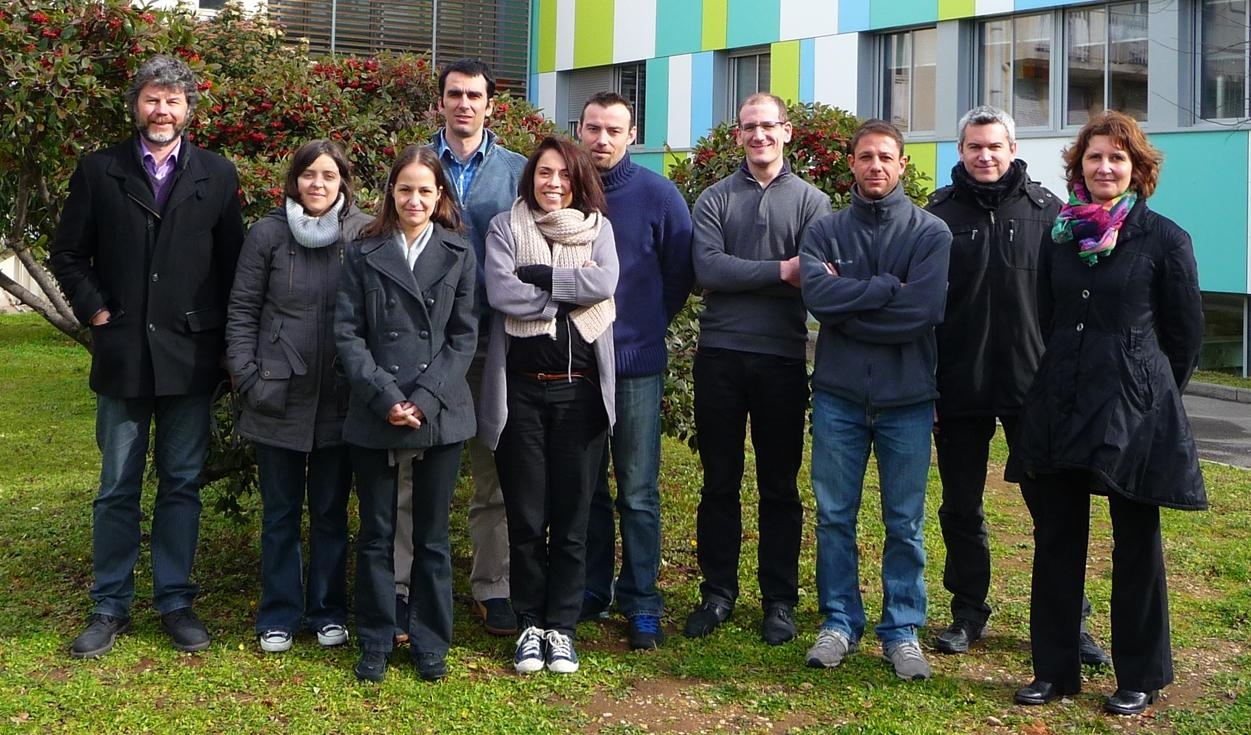Biophysique des métalloprotéines et des systèmes dynamiques
Biophysics of metalloproteins and dynamic systemsHome

Our team is interested in the study of the structural, dynamic and functional properties of enzymatic systems involved in bacterial metabolic processes. The systems studied fall within two main complementary axes; i) those related to bacterial bioenergetics and linked to nitrogen, sulfur and carbon metabolisms, to biomass degradation, such as molybdoenzymes, CO2 reduction enzymes (formate and CO dehydrogenases), copper oxidases, heme peroxidases ii) those involved in the mechanisms of adaptation to environmental conditions or resistance to stress factors: chaperones, regulatory proteins, metal cofactor biogenesis enzymes…
Thanks to the composition of the team, which includes chemists, physicists and biologists, we are developing an original multidisciplinary biophysical approach to understand the functioning of these complex systems and their reactivity, from the catalytic mechanisms at the level of the active sites, their coupling to the intramolecular transfers of electrons and protons and to the interactions between partners, but also the processes of enzymatic regulation and biosynthesis of the metal centers involved.
Our strategies are mainly based on advanced techniques of multi-frequency EPR spectroscopy and paramagnetic probe labeling, combined with optical spectroscopy, redox potentiometry, kinetics and theoretical modeling approaches. The aim is to obtain high resolution structural data on the active sites (metal, radical) and their reaction intermediates, and on a larger scale on the recognition mechanisms between partners, on the associated structural transitions and the role of disordered protein regions, in order to provide an integrated understanding of the functioning of these systems. They are complemented by the study of mini-proteins, models of biomimetic catalysts, and by the development of new paramagnetic probes to extend spin labeling approaches to the cellular environment (in-cell EPR), an essential issue to address the functional role of protein dynamics in a physiological context.
Thanks to its internationally recognized expertise, the team is successfully leading the development of the BIP EPR platform which is one of the major sites at the national (INFRANALYTICS) and European (MOSBRI) levels for applications in the Life Sciences.
Our team is also part of the French bioinorganic chemistry group FrenchBIC.









